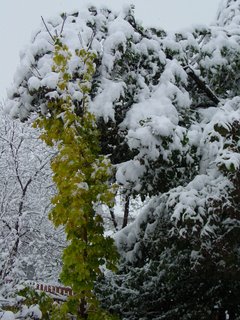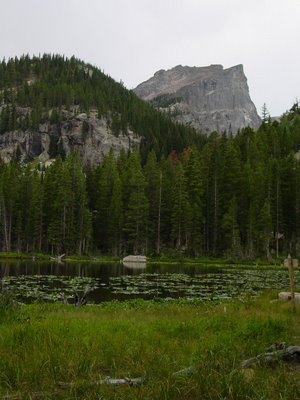Flower Fest - G for Gaillardia pulchella
When we got snowed out on our camping trip in Rocky Mountain National Park in September, we decided not to let it bring us down. So the next day we went to the 21st Annual Walker Ranch Special Event at the Walker Ranch Homestead. They had costumed men, women and children to demonstrate life on a ranch in the 1880s. The sun was out and the sky was clear, a fantastic contrast to the previous day. What we didn't bargain for was the biting wind that continued blowing from the mountains. I got very cold and headed back to the car while the rest of the family braved the elements. But before I opted out, I managed to find some exquisite wildflowers growing by an old horseshed. They were a splash of bright color amidst an otherwise dry and arid landscape. 
Indian blanket, gaillardia pulchella, is a Colorado wildflower that grows like a carpet. Also called firewheel, this beauty will flourish in dry conditions in the hot sun and in sandy soil. It is not a needy plant at all. 
Found all over North America, except in the North-west, gaillardia pulchella is an annual that propagates readily from seed. It will reseed and reappear the following summer. 
It flowers from summer to early fall, which was when I saw it. In September. Apparently some states are cultivating it along highways and freeways for that same splash of color that I found so inviting. 
This picture is my favorite picture as it shows the flower in various states of bloom. It has the bud, the young bloom, the full bloom, the spent bloom, the disk after the ray flowers have fallen off and the dry disk which will turn into seed. This is my entry for the letter G in the Flower Fest - the A - Z of Flowers.
This is my entry for the letter G in the Flower Fest - the A - Z of Flowers.
Flower Fest is the brainchild of Nature & Me and Sree. Every two weeks, the focus will be on a letter of the English alphabet. The current letter is G. I am submitting photographs of flowers as my entries.
Tags: Flower Fest, Indian blanket, Gaillardia pulchella, gaillardia, firewheel, Colorado wildflower













































